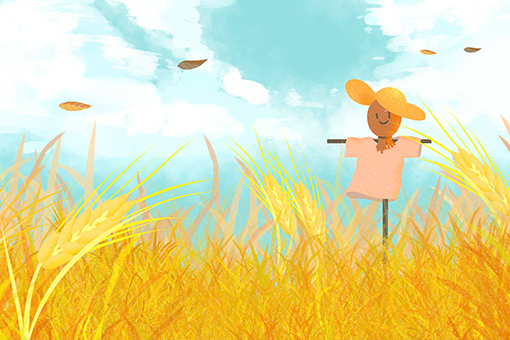What does lineage mean? It means a line of transmission of the dharma that is handed down by lineage masters such as Shakyamuni Buddha, Guru Rinpoche, etc. It’s a pure line of transmission of the dharma like the running river without stop. These lineages contain intangible blessings of lineage masters which can only be experienced in the process of practice; this is vital for our practice, thus it’s best to seek a pure lineage before one engages in tantric practice.
~Depicted from LUMINOUS WISDOM BOOK SERIES











